For our June book vote we are giving you the chance to shape the future of X-Planes, our brand new aviation series. There are 5 potential titles for you to choose from, each exploring a different experimental aircraft.
It may help you make your decision to take a look at this blog giving a brief introduction to the new series.
Head to the homepage to cast your vote!
| XPL: VTOL Prototypes: Tiltwing and Tiltrotor Types |
| XPL: Italian Experimental Aircraft 1930–43 |
| XPL: Dornier Do 335 Pfeil |
| XPL: BAC TSR-2 |
| XPL: Douglas D-558 Skystreak and Skyrocket |
VTOL Prototypes: Tiltwing and Tiltrotor Types
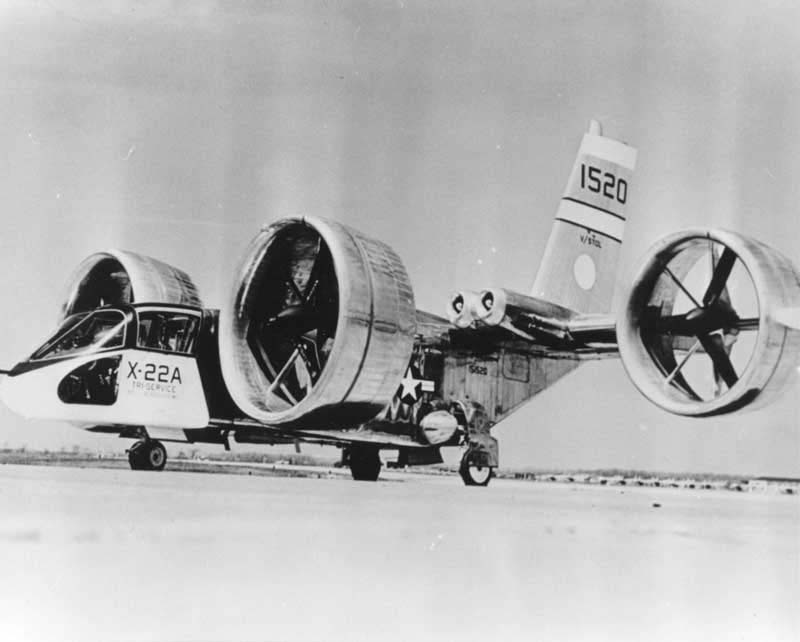
A Bell X-22 on the ground
The idea of a tilting an aircraft’s thrust to allow it to take off like a helicopter and then fly like a conventional aircraft seems obvious. But it took several decades of development and flight-test, much effort and many prototypes – including the X-18 and X-22 – before the first viable tiltrotor aircraft, the V-22 Osprey, made it to service.
Italian Experimental Aircraft 1930–43
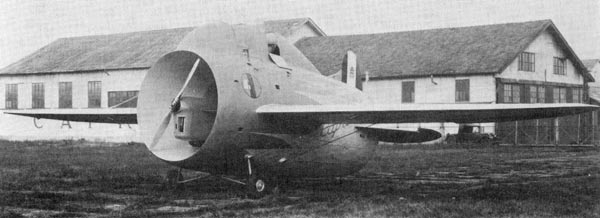
A front quarter view of the Stipa-Caproni with wheel spats removed
Italy’s aircraft industry produced some fascinating prototype aircraft during the 1930s and early 1940s – including record-breakers like the Macchi M.C. 72 and Caproni Ca. 161, research aircraft like the pressurized Piaggio P.111, and early jet-technology pioneers like the Caproni Campini N.1 motorjet and the Stipa-Caproni ‘Flying Barrel’. This book would cover the most important and influential designs that Italy produced during the 1930s and the war years, examining each’s development, flight-test career and technological legacy.
Dornier Do 335 Pfeil
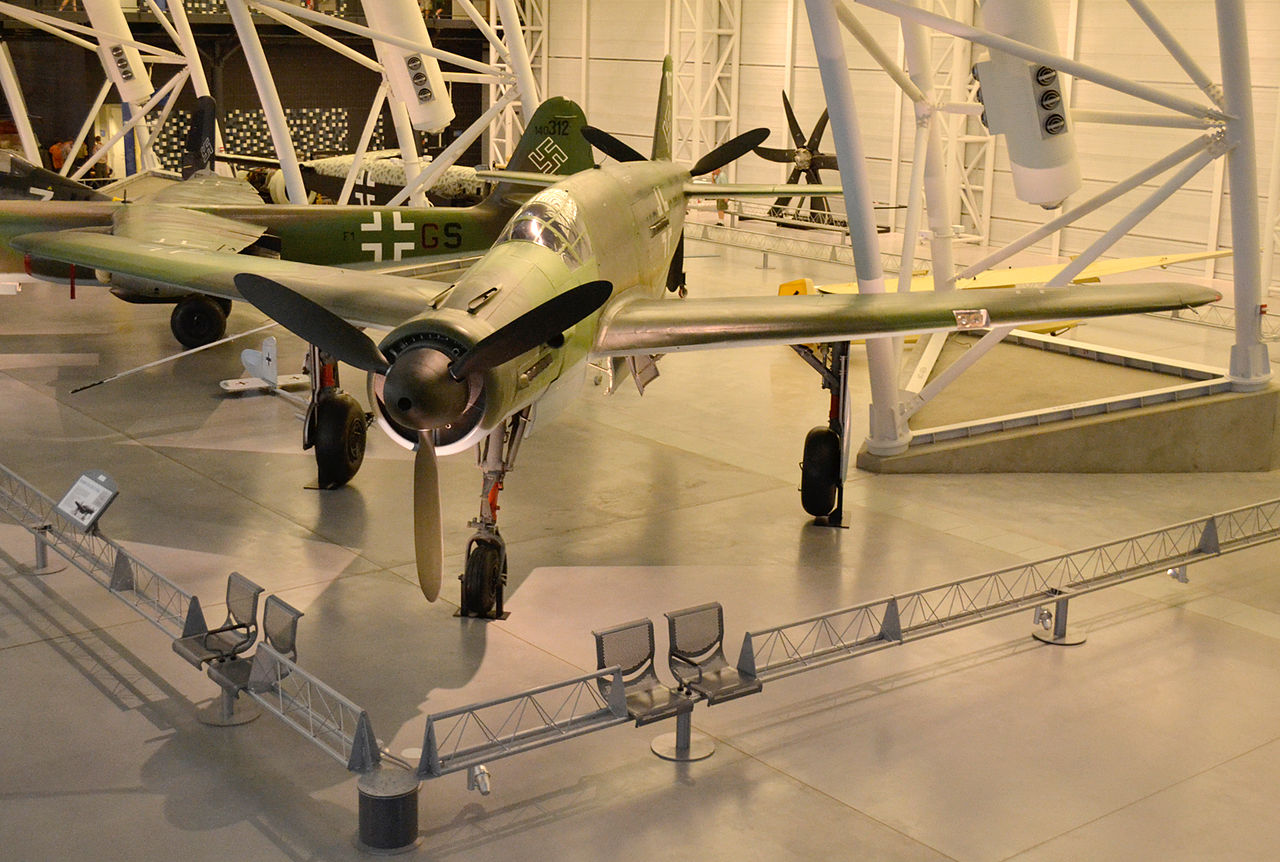
A Dornier Pfeil
Photograph by Guinnog
Germany’s fastest piston-engined fighter of the war, the Do 335 used a radical push-pull layout – one engine at the front, and one at the back as a pusher – to increase power without increasing drag. But like many of Germany’s pioneering military aircraft of World War II, the Do 335 came too late to have any impact on the war – by early 1945 when deliveries started, the Luftwaffe was finished as a fighting force.
BAC TSR-2
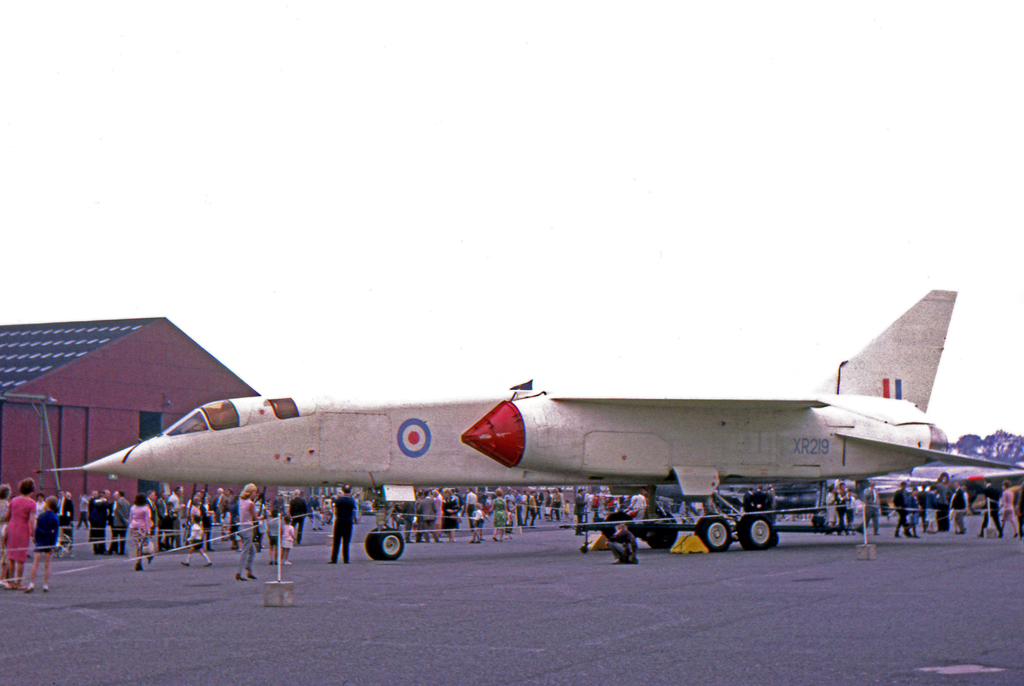
The prototype BAC TSR-2 at Warton plant and airfield in 1966
Photograph by RuthAS
The TSR-2 was Britain’s last great chance to stay in the business of making world-class military aircraft – independently. Conceived as a multirole all-weather strike and reconnaissance aircraft, and intended to be capable of both sustained high-Mach speeds and STOL performance, the TSR-2 was one of the most advanced and ambitious aircraft programmes of its day. But politics, lack of overseas orders, and the overambitious requirements killed the programme, and the only flying prototype was unceremoniously destroyed on a firing range. The strikingly beautiful TSR-2 is both an icon of the peak of Cold War British aircraft design, and a shorthand for its decline.
Douglas D-558 Skystreak and Skyrocket
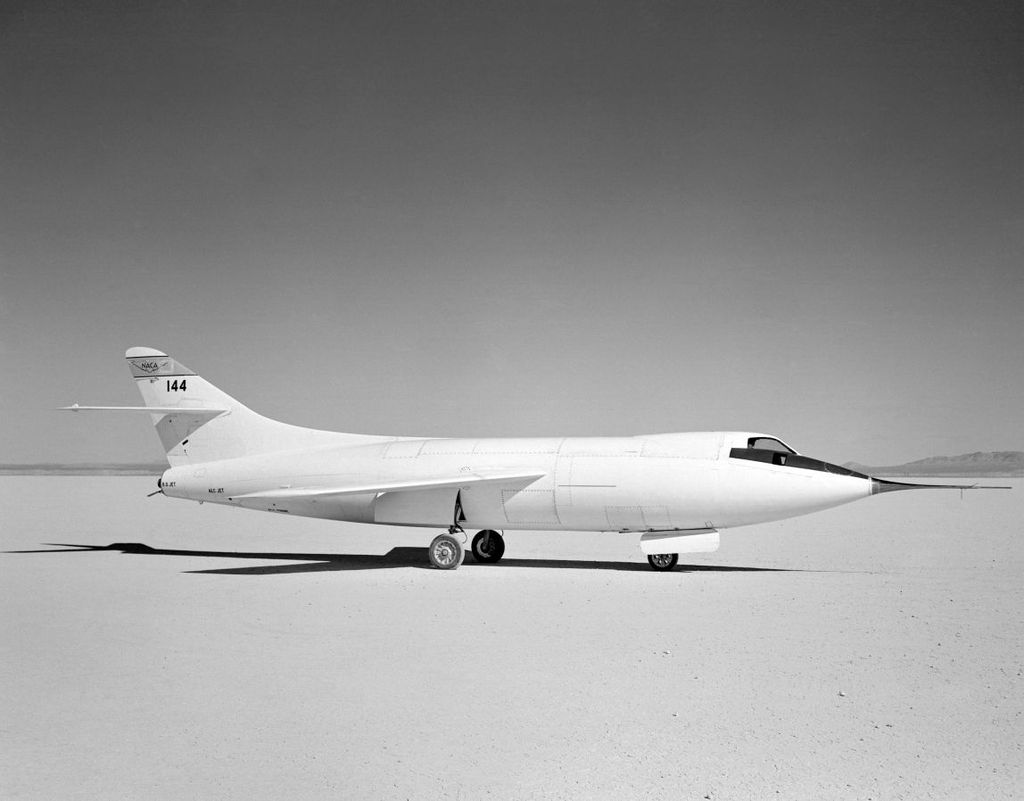
A D-558-II-NASA-E-1442
During the race to first break the sound barrier, and then keep pushing the envelope towards hypersonic manned flight, the Douglas D-558 series was the pride of America’s naval aviators. In 1947 the jet-powered D-558-1 Skystreak began setting new world speed records in the course of its transonic research programme, and eventually reached Mach 0.99 in level flight – but its fame was overshadowed by the USAF’s supersonic Bell X-1 rocket plane. The follow-up D-558-2 was a jet/rocket-powered, air-dropped aircraft, and with Scott Crossfield at the controls, this was the world’s first aircraft to break Mach 2. This book would tell the story of both aircraft and the never-built D-558-3, which would have been the US Navy’s hypersonic competitor to the X-15.
Head to the homepage to cast your vote!
We also have the results from the May book vote, which saw 5 Combat titles battle it out. Lets take a look at how they did:
| CBT: Australian Soldier vs Italian Soldier: Tobruk 1941 |
27% |
| CBT: Japanese Naval Infantryman vs US Marine: 1941-43 | 19% |
| CBT: British Airborne Soldier vs Waffen-SS Soldier: Arnhem 1944 | 19% |
| CBT: Hitlerjugend Soldier vs Canadian Soldier: Normandy 1944 | 18% |
| CBT: Soviet Rifleman vs German Pionier: Stalingrad 1942-43 | 17% |
It was a resounding victory for Australian Soldier vs Italian Soldier: Tobruk 1941, which stormed to an early lead and never gave it up. The real battle was fought between the other four titles, and the book vote ended with just 2% between second and last place.

Comments
You must be logged in to comment on this post. Click here to log in.
Submit your comment